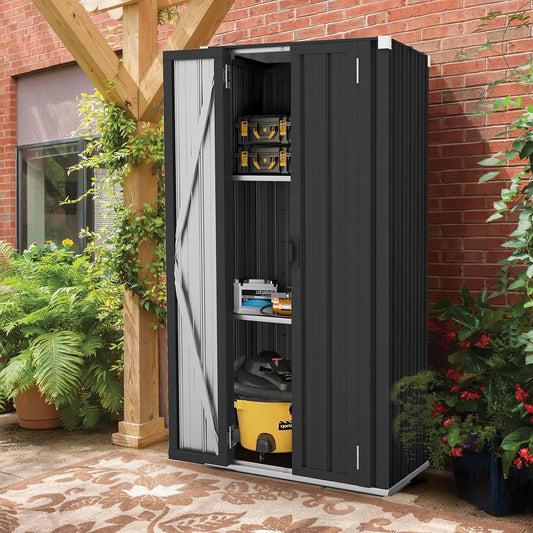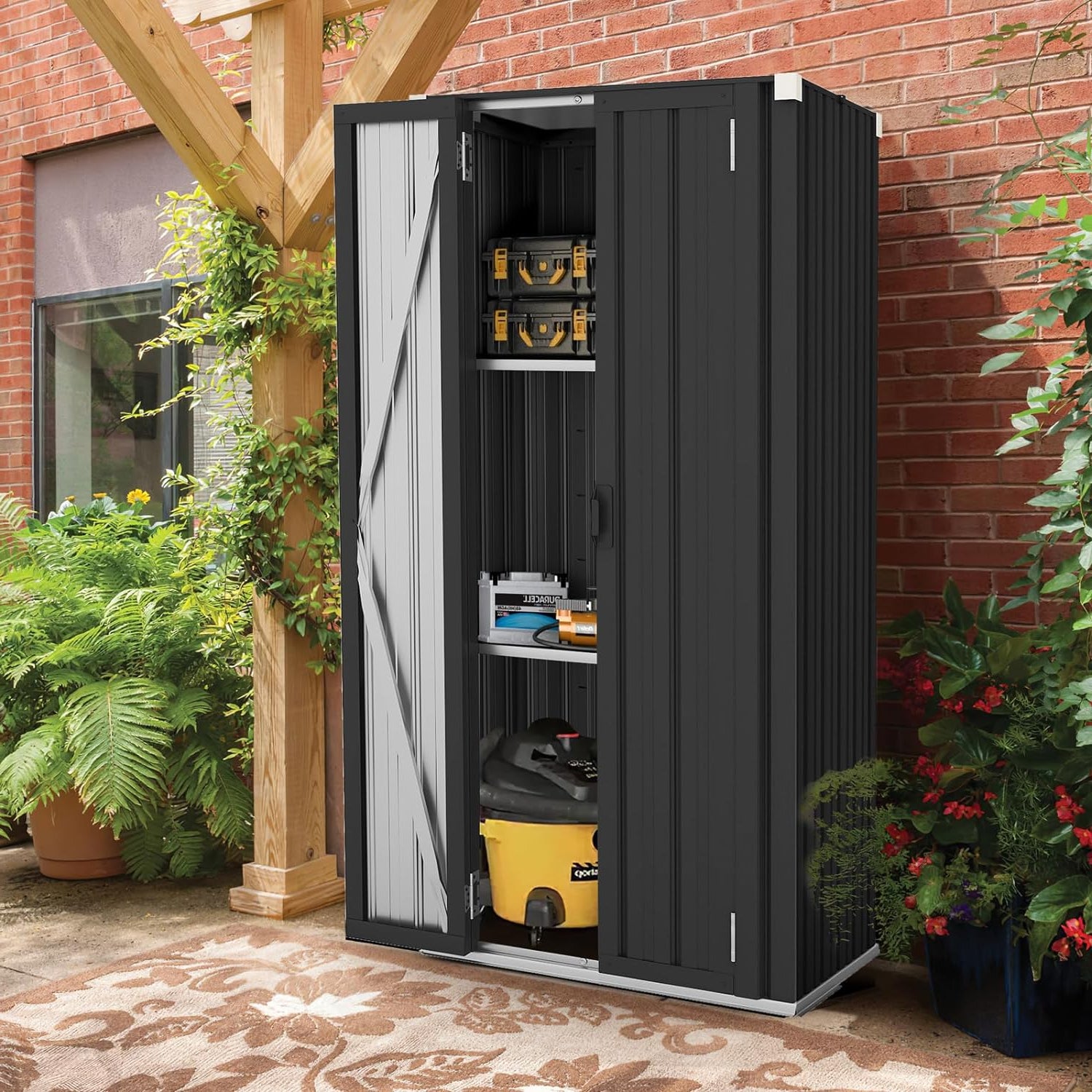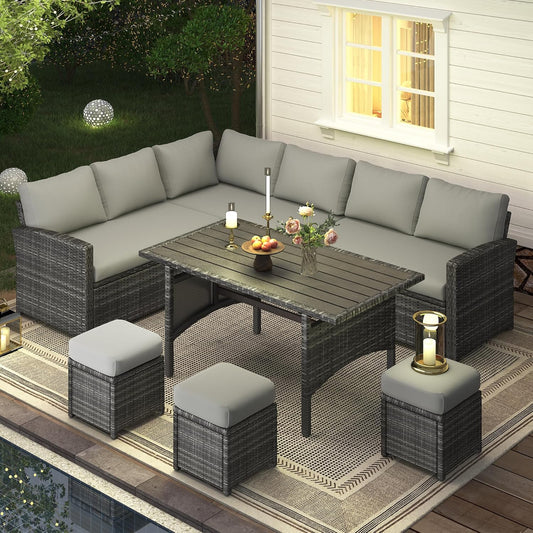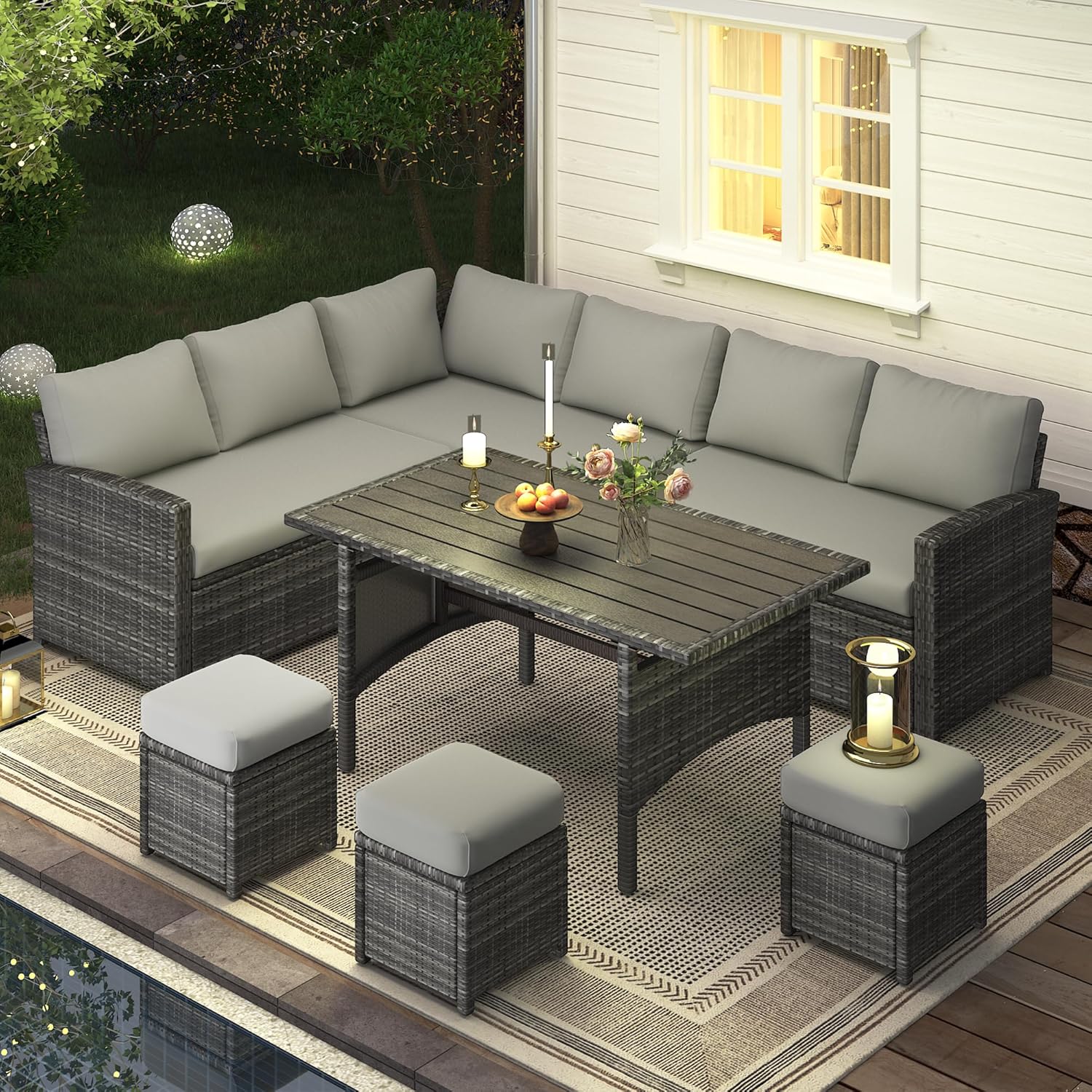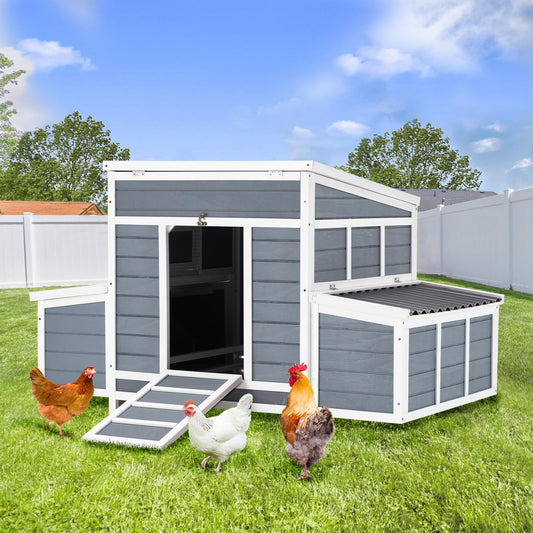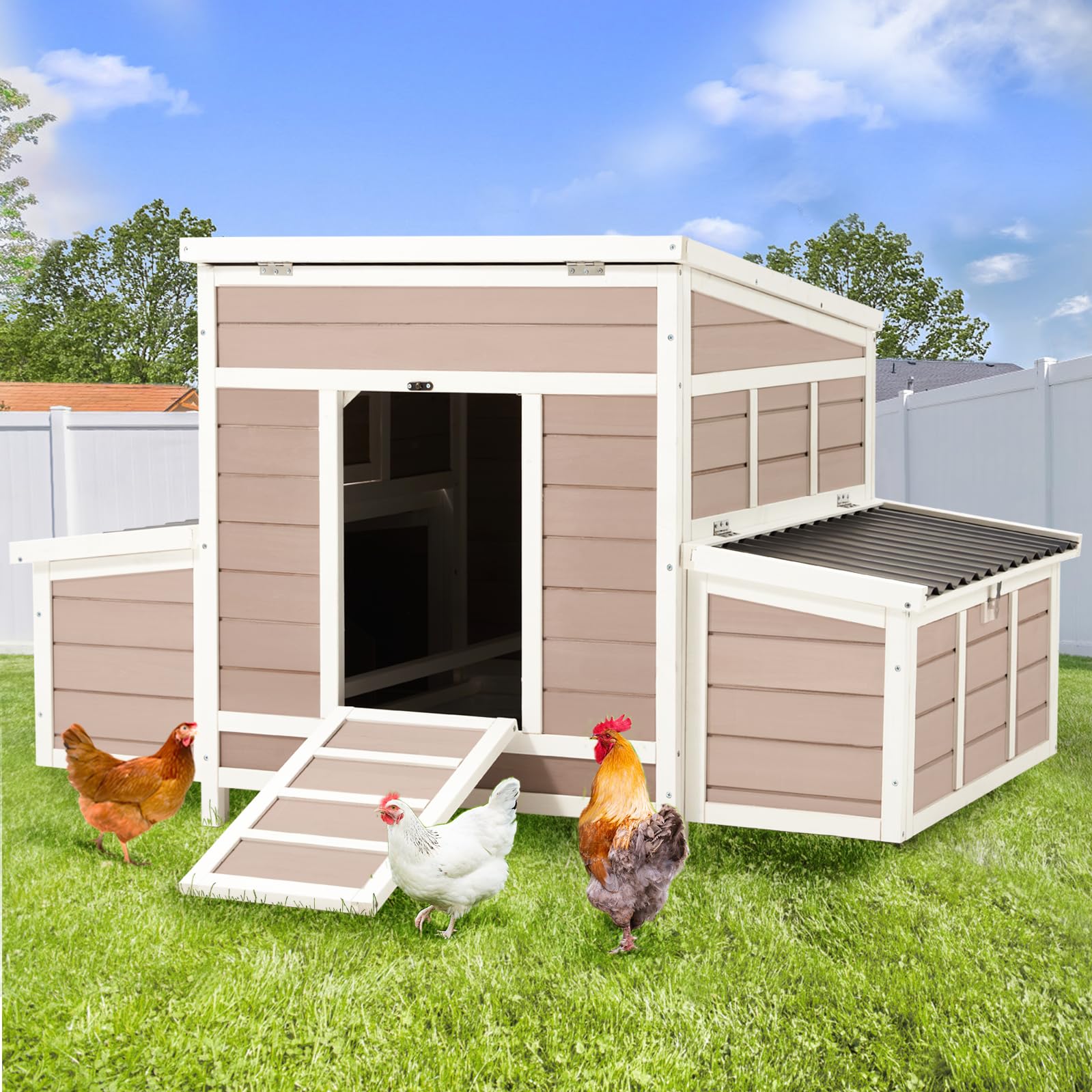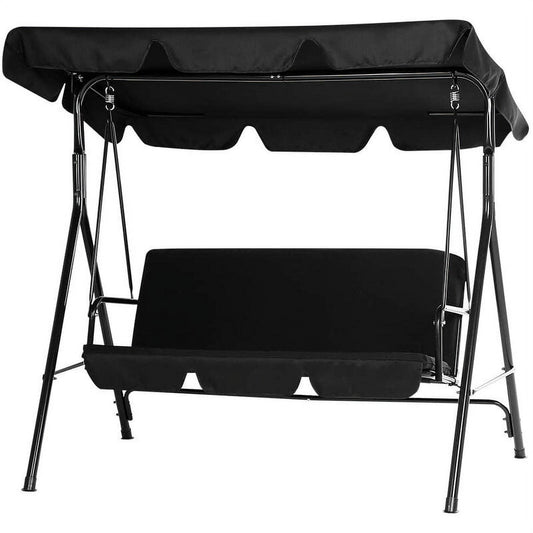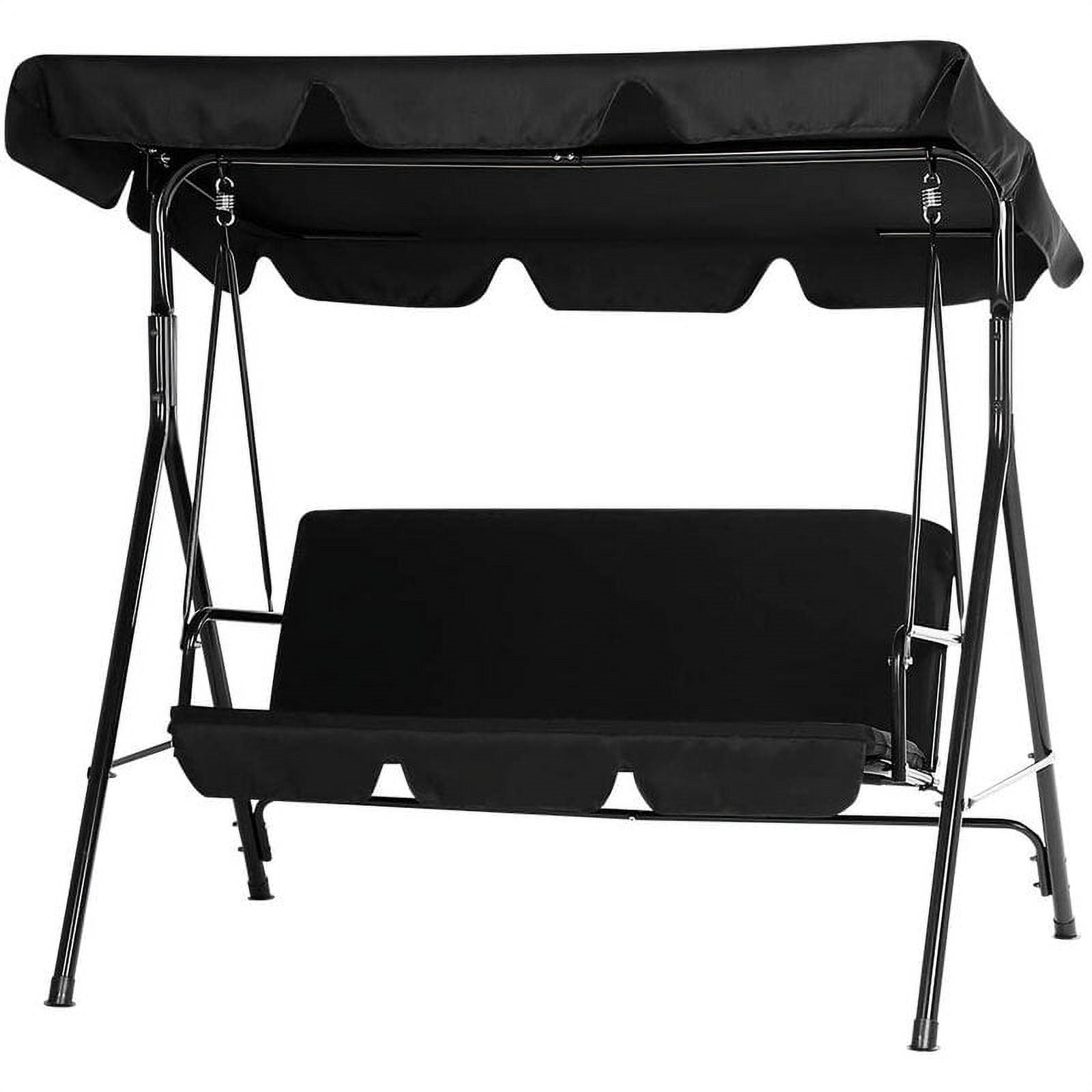A few years ago, I’d spend 45 minutes driving to the gym, wait 20 minutes for a squat rack, and rush through my workout to get home before dinner. Sound familiar? I’m not alone—more people are ditching gym memberships for home gym setup because it saves time, cuts costs, and lets you train on your own schedule.
But here’s the problem with traditional home gym machine setups: they take up half your garage, cost a fortune, and leave you with a pile of single-use equipment. I used to think a “real” home gym needed a leg press, a lat pulldown machine, and a bench press—until I realized one tool could replace them all: a home gym power rack.
This blog will show you how I built a full, functional home gym around just one power rack. No more cluttered spaces, wasted money, or missed workouts. Let’s start with why power racks are game-changers for any home gym setup.
1. Why Home Gyms Are Becoming More Popular (And The Power Rack Fix)
Home gyms aren’t just a trend—they’re a solution to modern life’s busy schedule. Here’s why more people are choosing home gym setup over commercial gyms:
Time savings: Skip the drive, parking, and wait for equipment. I now spend 10 minutes warming up instead of 45 minutes commuting.
Flexibility: Train at 6 AM before work, 8 PM after dinner, or even on weekends in your pajamas—no gym hours to follow.
Cost efficiency: A one-time investment in a home gym machine (like a power rack) beats 50–100 monthly gym memberships over time.
But traditional home gyms have a big flaw: they require multiple machines to target all muscle groups. A leg curl machine, chest press, and pull-up bar can take up 200+ square feet and cost thousands. That’s where power racks for home gym come in.
A single home gym power rack acts as a squat rack, bench press station, pull-up bar, and even a cable machine (with the right attachments). It turns a cluttered garage into a streamlined gym—solving the space and cost problems of traditional setups.
For example, my friend used to have 5 separate home gym machine pieces in his garage. After switching to a power rack, he freed up 70% of his space and could still do every exercise he did before. That’s the magic of building your home gym setup around a power rack.
2. Why a Power Rack Is the Core of Any Home Gym
If you’re building a home gym, your first (and most important) buy should be a home gym power rack. It’s not just another piece of equipment—it’s the foundation that lets you do hundreds of exercises safely and efficiently.
What a Power Rack Actually Does
At its core, a power rack is a steel frame with adjustable safety bars and hooks. It’s designed for heavy, compound lifts like squats, bench presses, and overhead presses—exercises that work multiple muscle groups at once. The safety bars catch the barbell if you can’t finish a lift, so you can train alone without a spotter.
But modern power racks for home gym are way more versatile. Many come with built-in pull-up bars, and you can add attachments like dip handles or cable systems. My home gym power rack even has a lat pulldown attachment—so I can do back exercises without a separate machine.
Power Rack vs. Standalone Machines: The Numbers Don’t Lie
To see why a power rack is better, let’s compare it to buying 3 common standalone home gym machine pieces. The table below breaks down the space, versatility, and functionality differences:
|
Feature |
Single Home Gym Power Rack |
3 Standalone Machines (Squat Rack + Lat Pulldown + Bench Press) |
|
Space Needed |
40–60 square feet |
120–150 square feet |
|
Exercises Possible |
50+ (squats, presses, pull-ups, rows) |
20–25 (limited to each machine’s purpose) |
|
Safety for Solo Training |
Built-in safety bars (no spotter needed) |
No safety features (risky for heavy lifts alone) |
|
Adaptability |
Add attachments (cables, dip handles) as you go |
Fixed function—can’t add new exercises |
This table says it all: a home gym power rack gives you more value in less space. For my home gym setup, this was a no-brainer—I didn’t have room for 3 machines, but I could fit a power rack in my garage easily.
It Works for Everyone
Whether you’re a beginner or an advanced lifter, a power rack grows with you. When I first started, I used light weights for squats and focused on form. Now, I add more weight and use the cable attachment for isolation exercises. Even if you’re new to working out, the safety bars let you practice lifts without fear of dropping the barbell.
This versatility is why power racks for home gym are so popular—they don’t become “too easy” or “too basic” as your skills improve.
Ready to start building? Next, we’ll talk about how to plan your home gym setup space—because even the best power rack won’t work if it doesn’t fit right!

3. Planning and Designing My Home Gym Space
Before buying a home gym power rack, you need to pick the right spot—and measure twice to avoid mistakes. I used a corner of my garage, but a spare bedroom or basement works too. The key is to check three critical things first.
First, ceiling height: Most power racks for home gym are 7–8 feet tall, and you need an extra 1–2 feet of clearance for pull-ups. My garage ceiling is 9 feet, which was perfect—no more hitting my head mid-pull-up. Second, flooring strength: A power rack plus weights can weigh over 500 pounds, so make sure your floor (whether garage concrete or bedroom wood) can handle that weight. I added a ½-inch rubber mat under my rack to protect the concrete and muffle the sound of barbell drops. Third, safety clearance: Leave 3–4 feet of space around the rack. You don’t want to bump into a wall mid-squat or knock over weights, so I mapped my garage with tape first to visualize the fit—this kept the rack from crowding my storage shelves.
Small extras also made a big difference in my home gym setup. A rubber mat under the rack prevents slips, while storage hooks next to the rack let me hang resistance bands and lifting straps for easy access—no more clutter. I added a LED strip above the rack to avoid squinting when checking my form, and a small fan keeps me cool during intense workouts, especially in summer. Taking time to plan the space meant my home gym power rack fit perfectly, and I didn’t have to rearrange everything later.
4. Choosing the Right Power Rack
Not all power racks for home gym are the same. I researched for weeks before picking the YODOLLA Power Squat Rack Cage, and it’s still one of the best decisions for my home gym setup. There are a few key factors to keep in mind when choosing your own.
Build quality is top of the list—look for 2x2-inch steel frames, since thicker steel means more stability. My YODOLLA rack has this, and it never wobbles even when I lift heavy squats. Weight capacity is next: aim for 1500+ pounds. Mine holds 2000 pounds, which is enough for me now and will still work if I lift heavier later. Attachments matter too—think about what exercises you’ll do. I wanted a power rack with cable system for lat pulldowns and rows, so I chose one with a built-in lat pulldown attachment. Finally, adjustability: look for racks with adjustable safety bars and J-hooks. I change the bar height three times per workout (for squats, bench press, and overhead press), so easy adjustments save a lot of time.
The YODOLLA rack checked all these boxes for a home gym power rack. It has a stable 2x2-inch steel frame, 2000-pound weight capacity, and a built-in lat pulldown (so I don’t need a separate home gym machine) plus a pull-up bar. It was also easy to assemble—I did it alone in 2 hours with basic tools.
When balancing budget and future upgrades, don’t skimp on quality. A cheap rack might wobble or break, which is dangerous. I focused on “must-have” features (steel frame, high weight capacity) and skipped “nice-to-haves” like built-in speakers to stay on budget. Also, pick a rack that lets you add attachments later—my YODOLLA rack works with dip handles and weight plate storage, so I can upgrade as my home gym setup grows.

5. Essential Accessories to Pair with a Power Rack
A home gym power rack is great on its own, but a few accessories turn it into a full home gym machine setup. The first essential accessory is an adjustable bench—this is non-negotiable. It lets you do flat bench presses, incline chest presses, and seated shoulder presses, all using your power rack. I chose one that folds flat for storage, which is perfect for small spaces. It’s the only other “big” item in my home gym setup, and it pairs with the rack to target my chest, shoulders, and triceps.
Next, you’ll need a standard 7-foot Olympic barbell (45 pounds) and weight plates. I started with a 100-pound set (2x25, 4x10, 2x5) and added more as I got stronger. Store the plates on a rack next to the power rack to keep them organized and easy to grab. Resistance bands are another cheap and versatile accessory—use them for warm-ups (like band pull-aparts for your back) or to add intensity to exercises (like banded squats). I hang mine on hooks near the rack so I don’t lose them.
If you want more variety, there are optional add-ons to consider. Dip handles attach to the power rack for tricep dips and chest dips. Pulley extensions work if your rack doesn’t have a built-in power rack with cable system—they let you do rows and flyes. A weight plate tree saves space and keeps plates from rolling around. All these accessories cost a fraction of a separate home gym machine, and they make your power rack even more versatile.
6. My First Workouts Using Just the Power Rack
When I first got my home gym power rack, I was worried I’d miss the gym’s machines. But I quickly realized I could target every muscle group with just the rack and my accessories. For chest day, I set the bench inside the rack, load the barbell, and do flat bench presses—safe and stable thanks to the rack’s safety bars. I tilt the bench to 30 degrees for incline chest presses, and use the rack’s built-in power rack with cable system for cable flyes by attaching handles to the pulleys and squeezing my chest to bring them together.
Back day starts with pull-ups using the rack’s pull-up bar—if I need help, I use a resistance band for assisted pull-ups. I use the same cable system for lat pulldowns (grabbing the wide bar and pulling down to my chest) and seated rows (attaching a handle to the low pulley, sitting on the floor, and pulling the handle to my ribs). For leg day, I set the safety bars to hip height, load the bar, and do back squats—no spotter needed because the bars catch the barbell if I stall. I hold dumbbells (or a light barbell on my shoulders) for lunges, using the rack for balance if needed, and stand on a weight plate for calf raises, holding the rack’s frame for stability.
Shoulders and arms day includes overhead presses—pressing the barbell from shoulder height to above my head using the rack’s J-hooks to start. I do bicep curls with dumbbells or a barbell, resting the bar on the rack between sets, and tricep extensions using the cable system—attaching a straight bar, holding it above my head, and lowering it behind my back.
For progression, add 2.5–5 pounds to lifts when you can do 3 sets of 10 reps easily. Film your form with your phone to check squats or presses—this helps fix mistakes. Rest 60–90 seconds between sets for strength, or 30–60 seconds for endurance. I was shocked at how effective these workouts were—after 2 months, I was lifting more than I did at the gym. And it’s all thanks to my home gym power rack and simple accessories.
If you’re looking for a power rack that can handle these kinds of full-body workouts, YODOLLA’s power squat rack cage works well—it has a 2000lbs weight capacity and built-in cable machine, which lines up nicely with the chest, back, and arm exercises we talked about.
Next, we’ll talk about the biggest benefits I’ve seen from my home gym setup—spoiler: it’s not just about saving time!

7. Key Benefits I’ve Experienced
Using my home gym power rack for over a year has brought three game-changing benefits that keep my home gym setup on track:
First, space and cost savings. My entire setup (rack + bench + accessories) takes just 60 square feet—half the space of traditional multi-machine gyms. A single home gym power rack plus essentials also costs less than buying separate squat racks, lat pulldown machines, and benches. Gym membership fees? The rack paid for itself in 8 months.
Second, consistency and privacy. No more driving or waiting for equipment—I start workouts in 5 minutes. Privacy lets me focus on form without crowds watching, so I gained confidence to try heavier lifts (like 200-pound squats) I’d avoid at commercial gyms.
Third, safety and confidence. The rack’s safety bars catch the barbell when lifting alone—no need for spotters. This let me push limits without injury fear, leading to better results: I now bench 150 pounds (up from 100) and do 10 unassisted pull-ups (vs. 1 at first).
All this works because I centered my home gym setup on a home gym power rack—it’s the backbone of easy, effective fitness.
8. Tips for Building Your Own Home Gym
If you’re building around a home gym power rack, these three simple tips avoid mistakes and keep your setup functional:
First, prioritize essentials over extras. Start with a quality home gym power rack (focus on steel frame and weight capacity), adjustable bench, and basic weights. Skip fancy home gym machine add-ons—wait to buy things like a power rack with cable system or dip handles until you know you’ll use them. I waited 6 months for my cable attachment, so it felt like a smart upgrade, not a waste.
Second, upgrade gradually. Don’t buy everything at once. I started with resistance bands (instead of dumbbells) and borrowed a bench—only buying my own as I got more serious. This kept me from overspending; for example, I skipped a leg curl machine once I realized lunges with the rack target hamstrings just as well.
Third, keep the space motivating and tidy. A messy gym kills motivation—add small touches like a mirror (for form checks), goal poster, or speaker (for playlists). I added a water bottle holder next to the rack to make workouts easier. Always clean up after sessions: wipe the bench, put weights back, sweep the floor. A clean space feels professional and keeps you coming back.
9. Conclusion
A year ago, I thought a “real” home gym needed piles of home gym machine pieces and a big budget. But a single home gym power rack proved me wrong—it replaced 3+ machines, saved space and money, and made fitness easy to stick with.
My home gym setup works for both me and my wife: I lift heavy, she does bodyweight exercises (push-ups, dips) and yoga on the bench. It’s versatile, so it’s lasted longer than any gym membership.
If you’re tired of gym commutes or overwhelmed by home gyms, start small: pick a home gym power rack that fits your space, grab an adjustable bench, and go. You don’t need perfection—just a setup that lets you move consistently.
At its core, a home gym is about control: saving time, building confidence, and making fitness fit your life. A home gym power rack lets you do all that without clutter. Your garage or spare bedroom is just one rack away from being the best gym you’ve ever used—what are you waiting for?















